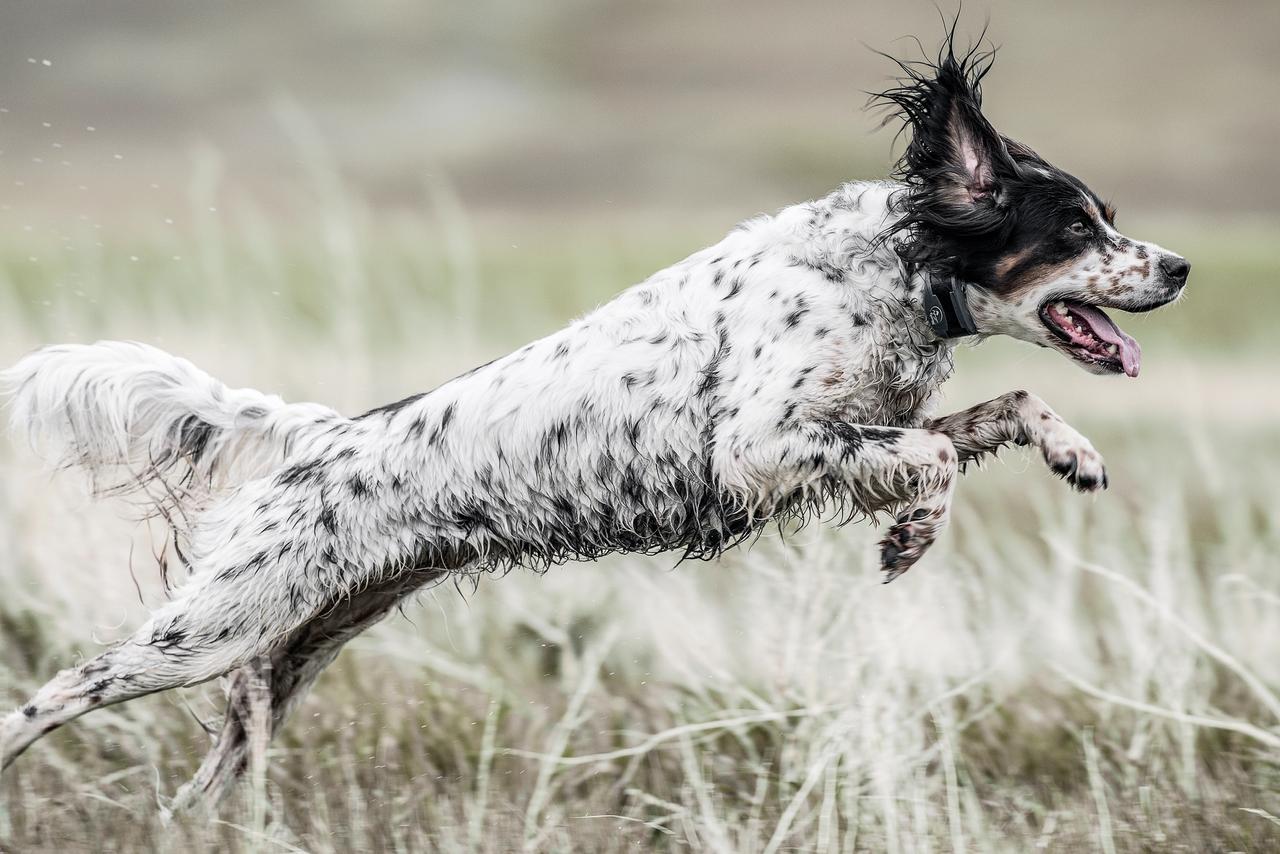
Skin Laceration Repair in the Field
Posted by Shawn KinkelaarThere's nothing better than being out in the bush during autumn with your bird dogs. The flutter of wings as a mob of scaled quail bursts out from the sand sage can shake off the cholesterol from this morning's greasy spoon brekkie. Gun smoke clears the air as the setter scrambles over the tight five-strand barbed wire fence, fetching the first bird of the day. This is the Wild West, and farmers want to make sure their livestock are safe. As you bend down to take the bird your well-trained setter brings over gently, you spot fresh blood on the top side of her back. What started as a classic morning in the bush has just turned into a trip to the local vet... which in this case is 150 nautical miles away from where it all happened, and it's Sunday.
Upon closer inspection of the laceration, you notice it's just a shallow cut in the skin and not into the deeper muscle layers. Shallow cuts of the skin can be stapled with a bit of vet smarts and the right gear. Deeper cuts into the muscle need to be closed in several layers with stitches, and trying to staple them will lead to a seroma (fluid trapped under the skin from blood and inflammation) forming and ultimately a wound that won't heal properly. Just a heads up, always check out how your hunting mate is doing and use your common sense while you're out bush. Don't let a bit of vet knowledge turn into a disaster for your bird dog.
Below are the steps to properly staple a skin laceration out in the field. It's a top idea to get your bird dog(s) in with a local vet who really gets hunting dogs and the risks they face. Moreover, I'd suggest going to a seminar or first aid course to become more clued up on field emergencies and learn how to stitch up a wound.
(1) Settle your bird dog down and put on a gauze muzzle. Muzzles keep you from getting hurt and can help settle down an excited dog.
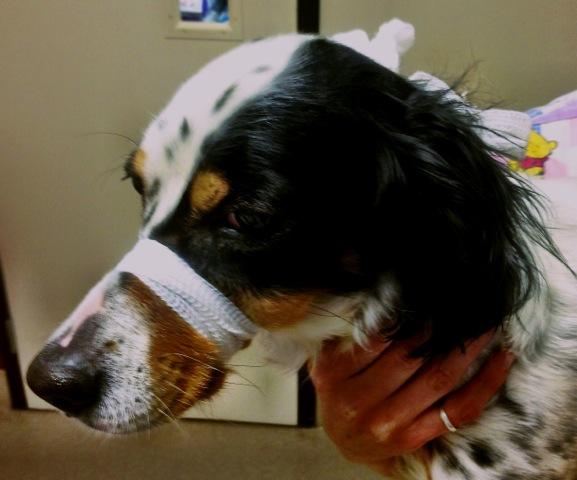
(2) Trim the hair around the edges of the wound. Clippers (battery-powered are ace) or scissors can be used. Have another squiz at the laceration and make sure it's only through the skin and not into the deeper muscle layers.
(3) Flush or irrigate the wound repeatedly with diluted betadine solution (mix tap water and betadine solution to the consistency or colour of weak iced tea) from a 12 cc or 20 cc syringe. The pressure from the syringed betadine/H2O solution will aid in dirt and bacterial removal.
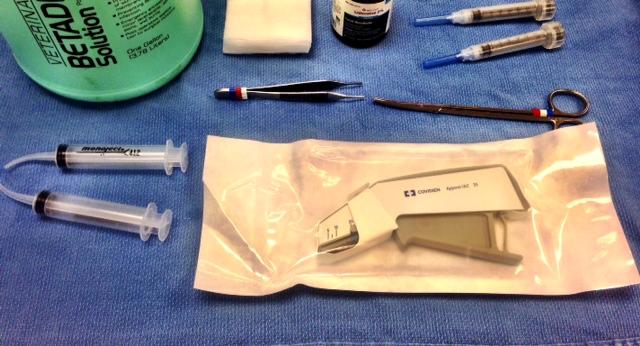
(4) 2% Lignocaine or 0.25 to 0.5% Bupivacaine (local anaesthetic) can be used to irrigate the wound to topically anaesthetise the tissue and can be injected around the laceration margins. This is where a field first aid course and a bird dog vet will come in handy. Wait 5 to 10 minutes before you go on from here.
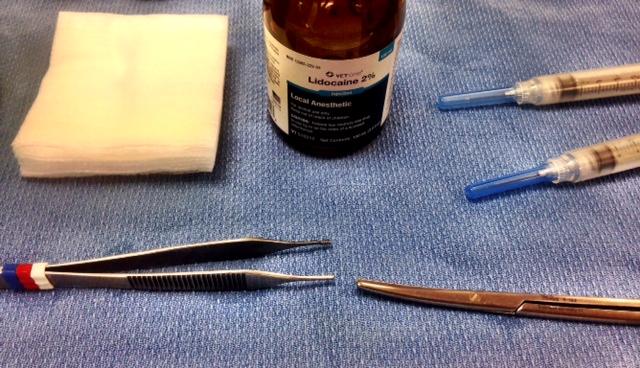
(5) Trim any dead or dodgy-looking skin around the edges of the cut with scissors. This will freshen up the edges and the wound will start bleeding again. Bleeding brings in the good stuff that helps knock out bacteria and assists with the healing process.
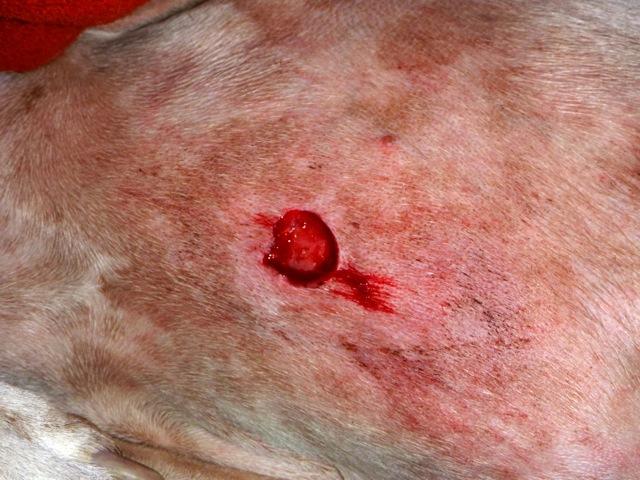
(6) Bring the edges of the cut together with the staple gun. Staples should be spaced about 3 to 4 mm apart. It doesn't matter which end you start from.
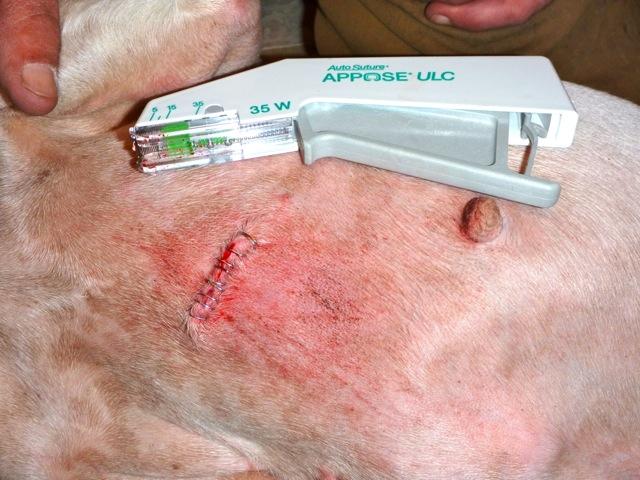
(7) Apply Betadine or Silvadene cream over the staples. Bandage the area (not too firmly) if they can lick or bother the staples.
(8) Staples usually need to be taken out in a fortnight. Keep an eye out for swelling, redness, warmth or pain around the spot. If you notice any of these, get to the vet. I normally put my patients on an antibiotic like Simplicef or Cephalexin for a week.
Before you do this, keep in mind that Shawn is a medical professional. If you're unsure about your own ability or how serious the injury is, make sure you see a doctor straight away.
About Shawn
Shawn knew from the ripe age of seven that he was dead keen on bird dogs and horses; he was sure then that he wanted to be a vet. After copping a few too many knocks to the noggin as a parachuting medic with the 82nd Airborne Division, he decided to trot off to vet school. He made his dream a reality in 1997 by graduating from Washington State University and started working in mixed animal practice. These days Shawn runs a companion animal practice in Castle Rock, Colorado. He's particularly interested in the vet care of sporting dogs and, especially, in canine anatomy/physiology and breeding. Come autumn, when he's not at the clinic, you'll find him out and about in the uplands of North America, following his bird dogs around.
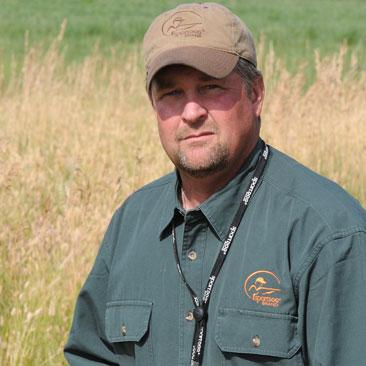
Shawn Kinkelaar
Effingham, IL
Shawn Kinkelaar was born and raised in the town of Effingham in central Illinois. Kinkelaar grew up hunting quail and pheasant over pointing dogs with his grandfather and uncle. He started field trialing in the early 1980s and in the late 1980s he began working for and with several of...
Related Articles
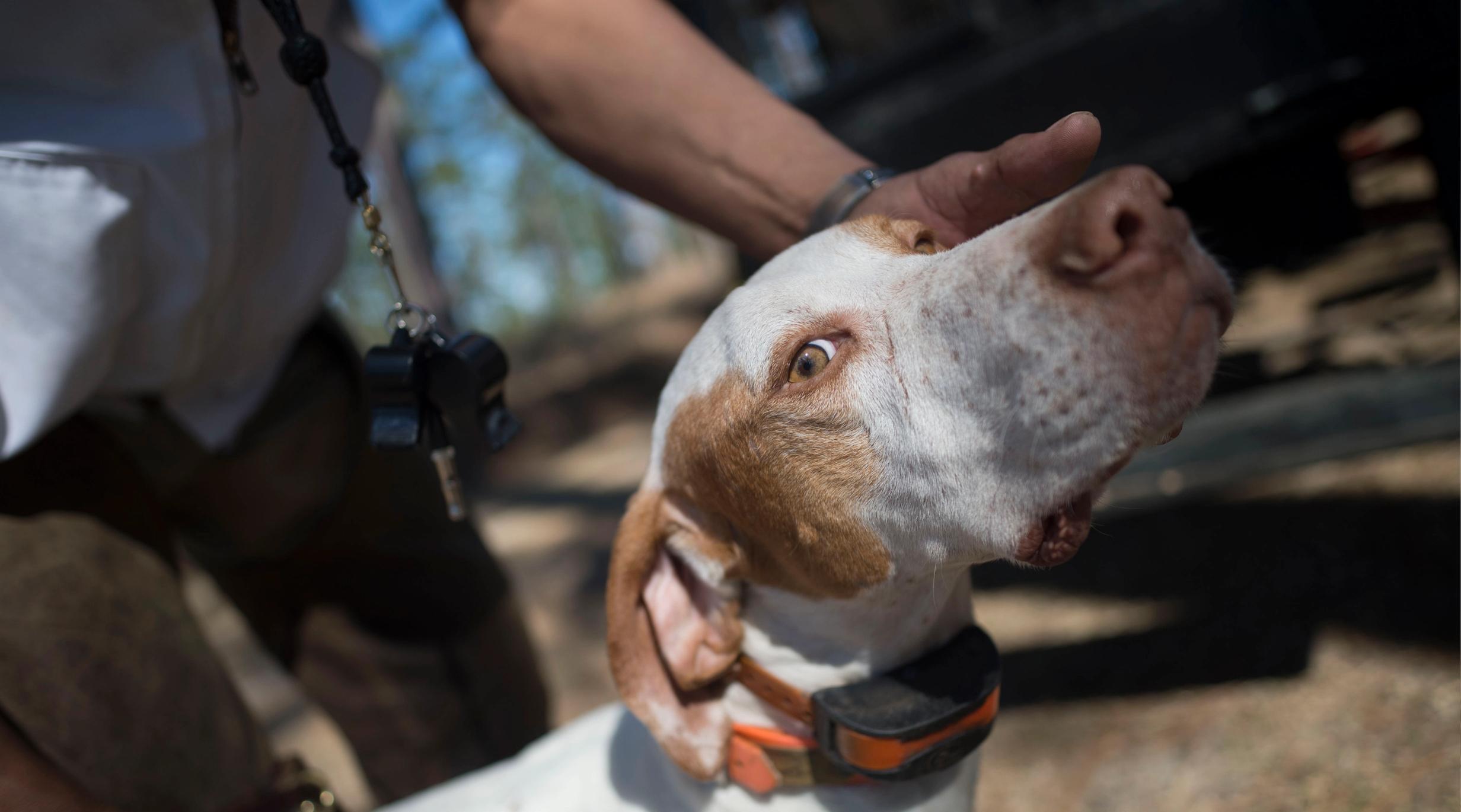
Dealing with Hunting Dog Injuries
by The SportDOG Staff
Cuts are common in hunting dogs. Briars, barbed-wire, broken glass, or even sharp broken saplings can slice a dog’s skin as it hunts. Appropriate field care of wounds can decrease healing time and make the vet’s job much easier. Remember the watchwords: flush, fill and wrap. Flushing Fresh cuts may look quite...
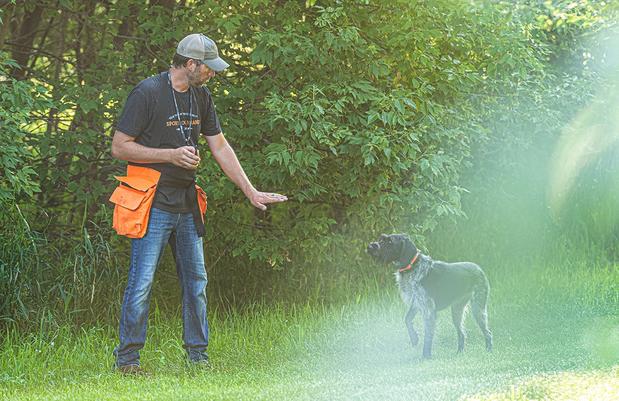
Training Pointing Dogs with Birds - Part 1
by LTC Jim Morehouse
When SportDOG® asked me to write training articles on some of the aspects of training pointing dogs to handle birds, it seemed like a pretty easy task. As a full-time trainer and quail guide in Arizona, pointing dogs and birds are my passion. However, as I started to write about...
